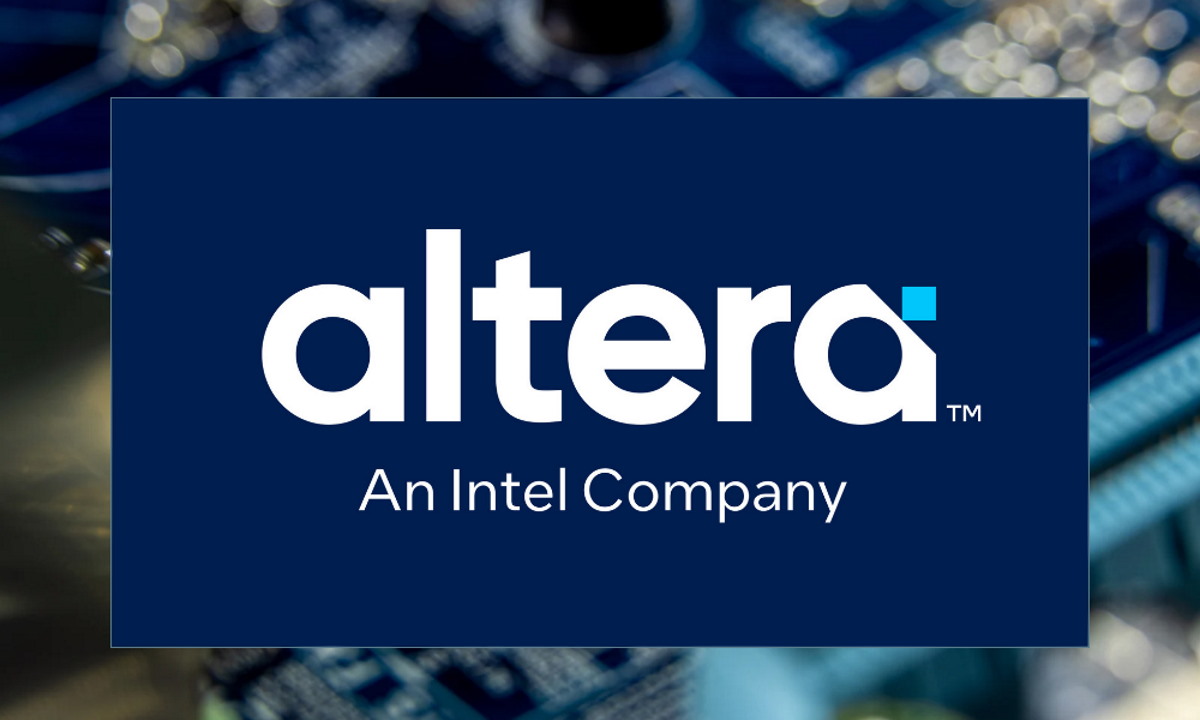Two months ago, Intel’s Programmable Solutions Group, a division responsible for the development and production of programmable matrices (FPGAs), gained operational independence similar to Mobileye. This move was part of CEO Patrick Gelsinger’s strategy to separate historically non-core businesses from Intel’s organizational structure. Altera, acquired by Intel in 2015, has now reverted to its original name.
Just a short while ago, this division within Intel was known as the Programmable Solutions Group. Two months ago, it was transformed into an Intel-owned subsidiary. This week, the entity reclaimed its historical name, Altera. Sandra Rivera continues to lead the newly independent Altera, which plans to attract investment from the stock market this year, thus reducing the financial burden on its parent corporation, Intel. A full-scale initial public offering (IPO) is planned for completion by the end of 2026. However, Intel aims to retain a significant package of Altera shares. As an independent entity, Altera is expected to expand its presence in the industrial solutions, automotive, aerospace, and defense market segments. In terms of pricing policy, the company will prioritize the production of affordable programmable matrices and mid-range solutions.
In the context of Altera reverting to its original name, Sandra Rivera emphasized that the company will actively expand and provide customers with need-oriented programmable solutions. This includes AI-supported products useful for a wide range of industries such as telecommunications, industrial, automotive, defense, data center, and cloud computing. Altera promises to cover a $55-billion market capacity and to offer programmable components with inherent support for artificial intelligence.
Currently produced Agilex 9 matrices, for instance, provide the industry’s maximum data conversion speed and are suitable for use in the aerospace industry and military radars. Data centers can utilize Agilex 7 F and I series programmable matrices, which provide twice the performance-to-power ratio compared to competing solutions. For embedded solutions and peripheral computing, Agilex 5 matrices, which support artificial intelligence functions, are optimal. Soon, the market will see the release of Agilex 3 series matrices that will combine low power consumption with affordability.





